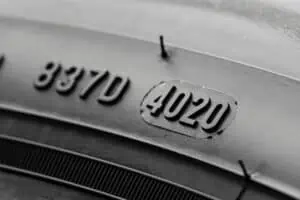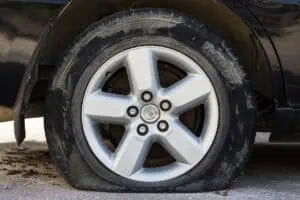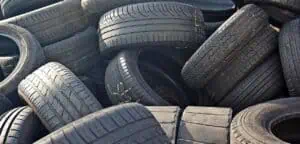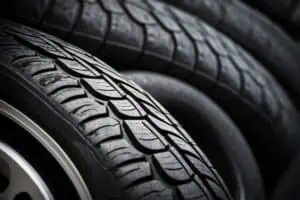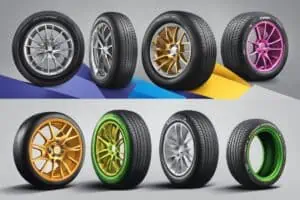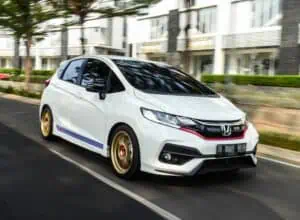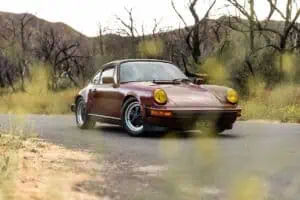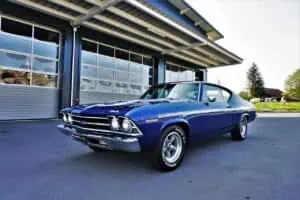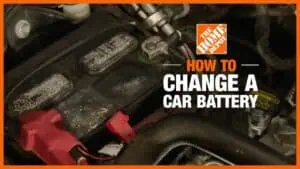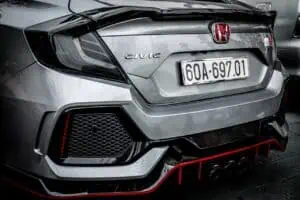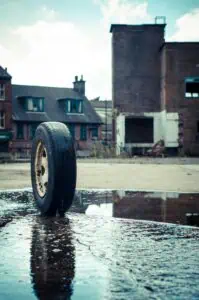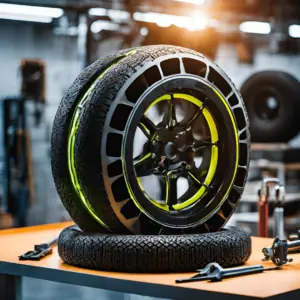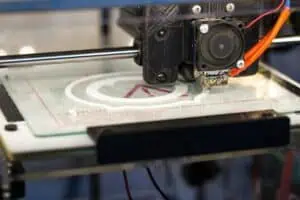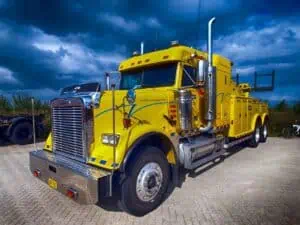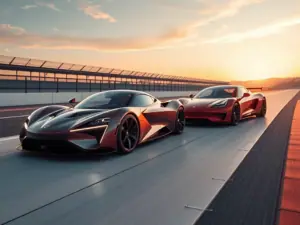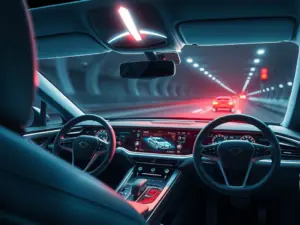Remember the first time you heard the thunderous roar of a muscle car engine? That raw power, the sleek lines, the
promise of freedom on the open road? Whether you’re a die-hard gearhead or just someone who appreciates the artistry
of automobiles, muscle cars have a way of grabbing your attention and not letting go. But here’s the thing: the muscle
cars of yesterday and today are like two sides of the same coin – similar at their core, yet distinctly different in many
ways. Let’s pop the hood and take a closer look at how these beasts have evolved over the years.
Design: From Boxy Beauties to Aerodynamic Marvels
Vintage Muscle: Straight Lines and Chrome Dreams
Picture this: It’s the 1960s, and you’re cruising down Main Street in a Pontiac GTO. What do you see? Bold, boxy
shapes, long hoods that seem to stretch for miles, and enough chrome to blind oncoming traffic. These cars weren’t just
transportation; they were rolling sculptures, each with its own personality.
Key Features:
- Aggressive, angular body lines
- Prominent grilles and bumpers
- Minimal concern for aerodynamics
- Often adorned with racing stripes or bold graphics
Check out more at Vintage Cars: From Classic Beauties to Investment Opportunities
Modern Muscle: Retro Meets Rocket Science
Fast forward to today, and you’ll find muscle cars that pay homage to their ancestors while embracing the future. Take
the latest Dodge Challenger, for instance. It’s got that classic muscle car silhouette, but look closer, and you’ll see a
body that’s been sculpted by wind tunnels as much as by designers.
Key Features:
- Sleeker, more aerodynamic profiles
- Retro-inspired design cues
- LED lighting for a modern touch
- Carbon fiber elements for weight reduction
- Performance: From Raw Power to Precision Engineering
Vintage Muscle: Brute Force Unleashed
Back in the day, muscle cars lived by a simple creed: there’s no replacement for displacement. We’re talking massive
V8 engines that gulped fuel like it was going out of style. These cars weren’t about finesse; they were about raw,
unbridled power that could pin you to your seat and leave your heart pounding.
Characteristics:
- Large displacement V8 engines (often 6.0L or larger)
- Carbureted fuel systems
- High torque output
- Often manual transmissions
- Basic suspension systems
Modern Muscle: Precision-Tuned Powerhouses
Today’s muscle cars are a different breed. Sure, they’ve still got those big V8s (in many cases), but now they’re paired
with technology that would make a NASA engineer blush. We’re talking about cars that can outperform their ancestors
on the drag strip while being comfortable enough for a daily commute.
Advancements:
- Smaller, more efficient engines with forced induction
- Direct fuel injection and variable valve timing
- Advanced traction control and launch control systems
- Sophisticated suspension setups
- Optional all-wheel drive in some models
Cultural Significance: From Counterculture to Pop Culture
Vintage Muscle: Rebels With a Cause
In their heyday, muscle cars were more than just vehicles; they were a statement. They represented American
ingenuity, freedom, and a bit of rebellion. These were the cars of choice for drag racers, hot rodders, and anyone who
wanted to thumb their nose at the establishment.
Cultural Impact:
- Symbols of youth culture and rebellion
- Staples in movies and music of the era
- Represented American automotive dominance
Modern Muscle: Nostalgia Meets New-Age Cool
Today, muscle cars occupy a unique space in car culture. They’re a bridge between the past and the present, appealing
to both older enthusiasts who remember the originals and younger drivers drawn to their powerful image and
performance.
Current Perception:
- Seen as both retro cool and cutting-edge
- Featured in blockbuster movies and video games
- Represent a continuation of American automotive heritage
Technological Advancements: From Basic to Brilliant
Vintage Muscle: Mechanical Marvels
Let’s be real: vintage muscle cars were pretty basic by today’s standards. But that was part of their charm. Everything
was mechanical, which meant you could tinker with your car using basic tools and a bit of know-how.
Tech of the Time:
- Basic radio systems
- Manual windows and locks
- Minimal safety features
- Analog gauges and instrumentation
Modern Muscle: High-Tech Horsepower
Pop into a modern muscle car, and you might think you’ve stepped into a fighter jet cockpit. These cars are packed with
technology that enhances performance, safety, and the overall driving experience.
Modern Marvels:
- Advanced infotainment systems with smartphone integration
- Digital instrument clusters
- Driver assistance features (adaptive cruise control, lane-keeping assist)
- Performance data recorders
- Customizable driving modes
Check out more at The Art And Soul Of Vintage Car Restoration to see what you can do to get your car back in shape.
The Evolution of Appeal: Why We Still Love Muscle Cars
So, what makes muscle cars so darn appealing, even after all these years? It’s a combination of factors that speak to
both our nostalgia and our desire for excitement:
- Timeless Design: Whether vintage or modern, muscle cars have a presence that turns heads.
- Performance Pedigree: The promise of exhilarating speed and power never goes out of style.
- Customization Potential: Both old and new muscle cars offer endless possibilities for personalization.
- Emotional Connection: These cars evoke feelings of freedom, rebellion, and pure automotive passion.
- Accessibility: Compared to exotic supercars, muscle cars offer attainable performance for many enthusiasts.
Two Eras, One Spirit
At the end of the day, whether you’re more drawn to the raw simplicity of a ’69 Camaro or the high-tech prowess of a
2023 Mustang GT, you’re tapping into the same spirit. Muscle cars, old and new, represent the pursuit of performance,
the love of driving, and a little bit of that rebellious streak that lives in all of us car enthusiasts.
So, the next time you hear that distinctive rumble, whether it’s from a meticulously restored classic or a brand-new tire
shredder, take a moment to appreciate how far we’ve come – and how some things, like the thrill of a powerful
American muscle car, never really change.
